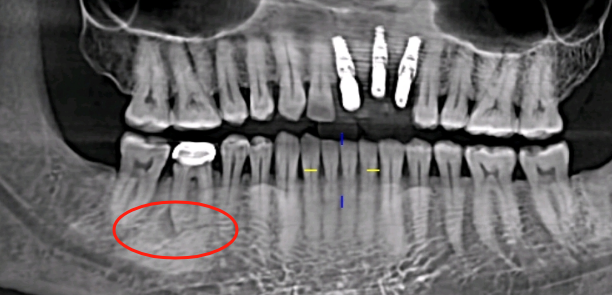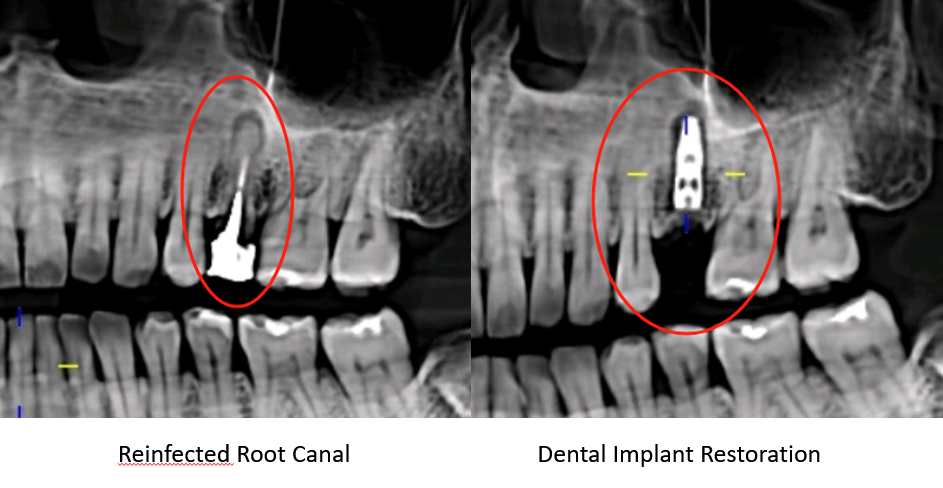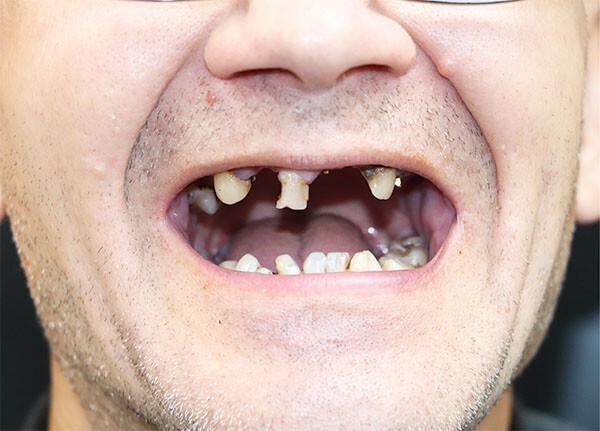Secondary root canal therapy: Reinfected root canal
Reinfected Root Canal: How This Happened & What To Do

Root canal retreatment, also known as secondary root canal therapy, in dentistry often presents a significantly lower success rate compared to primary root canal treatment. According to recent clinical studies, the success rate of root canal retreatment hovers around 50-60%, mainly due to complex anatomical variations, persistent bacterial biofilms, and iatrogenic errors from the initial procedure. When patients exhibit apical periodontitis accompanied by purulent discharge, this indicates a severe infection that has likely compromised the periapical tissues beyond effective salvaging through retreatment.

In such cases, dental professionals frequently recommend dental implant placement as a viable alternative. Dental implants offer a long - term solution by replacing the entire tooth structure, including the root, with a titanium post that integrates with the jawbone through osseointegration. This not only resolves the issue of persistent infection but also restores optimal masticatory function and esthetics.

Research shows that dental implants have a high survival rate of over 90% even after 10 - 15 years. Moreover, they prevent further bone resorption in the alveolar ridge, which often occurs following tooth extraction or failed root canal treatment. Unlike retreatment, which may require multiple appointments and still carry a risk of reinfection, dental implants provide a more predictable and durable solution for patients with complex endodontic complications.

